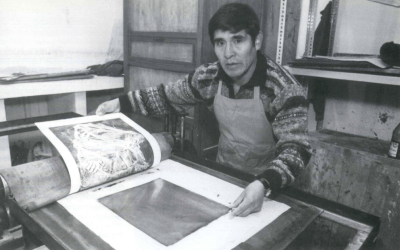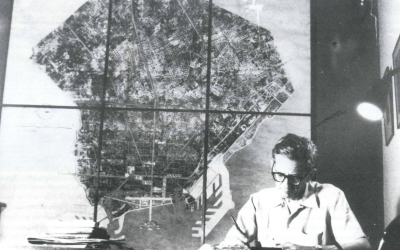On Time and Space
Reading about a seminar on cities at Columbia University, I was fixated by the sentence: “A new regime of time-space relations is emerging ….” I thought of this the other day as one of the mothers from the Spanish playgroup told me casually, “let me give you my coordinates so we can connect.” What a curious phrase to use, a nautical metaphor for the information age. We are perhaps just particles in a multi-layered Cartesian plane, citizens that converge in places or at certain moments and simply spin off in different directions the next. Technological devices define the terrain that we inhabit. To locate me, for example, you should have at least two of the following: cell phone, home number, the work number, the e-mail at work and the e-mail at home. These things lay out the coordinates of my life, a city of sorts. I am both, the sum of all those parts and devices, and also just a point of intersection. It may sound like a lot of points of reference, but I am actually low tech in comparison to others amidst the affluence of American life. Some people have pagers, palm devices with instant messaging capacity and fancy cars with satellite positioning devices. So many ways, so little stillness. How do you articulate a civic sense of responsibility, of belonging, of engagement amidst so many floating parts and devices? Is the city just a vision? Is permanence, history, place just a desire?
Haven’t figured it out yet.
Neida Jiménez is the DRCLAS Program Manager.
Related Articles
Engraving a City in Flux
In La Paz, the hills that used to define the city limits overflow with improvised neighborhoods. El Alto, a sprawling satellite city, is poised to become the most populous in the nation. …
Chicago
A city can elevate or diminish life. Supplying playgrounds, restaurants, politics and museums, a city offers opportunities for growth to both the young and the old alike. Representing itself in art,…
Buenos Aires
“Las tardecitas de Buenos Aires tienen ese qué sé yo, ¿viste?…” la poesía de Horacio Ferrer, animada por la música de Astor Piazzolla, nos hace soñar con su “Balada para un loco”. Pero, ¿es …



